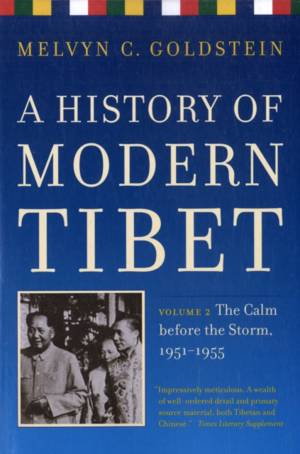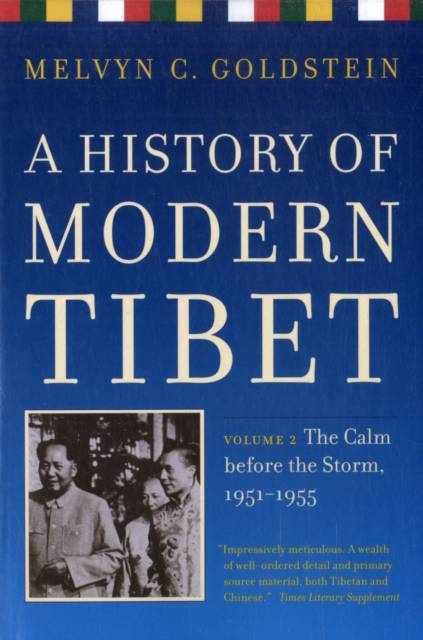
- Afhalen na 1 uur in een winkel met voorraad
- Gratis thuislevering in België vanaf € 30
- Ruim aanbod met 7 miljoen producten
- Afhalen na 1 uur in een winkel met voorraad
- Gratis thuislevering in België vanaf € 30
- Ruim aanbod met 7 miljoen producten
Zoeken
A History of Modern Tibet, Volume 2
The Calm Before the Storm 1951-1955
Melvyn C Goldstein
Paperback | Engels
€ 72,95
+ 145 punten
Omschrijving
It is not possible to fully understand contemporary politics between China and the Dalai Lama without understanding what happened--and why--during the 1950s. In a book that continues the story of Tibet's history that he began in his acclaimed A History of Modern Tibet, 1913-1951: The Demise of the Lamaist State, Melvyn C. Goldstein critically revises our understanding of that key period in midcentury. This authoritative account utilizes new archival material, including never before seen documents, and extensive interviews with Tibetans, including the Dalai Lama, and with Chinese officials. Goldstein furnishes fascinating and sometimes surprising portraits of these major players as he deftly unravels the fateful intertwining of Tibetan and Chinese politics against the backdrop of the Korean War, the tenuous Sino-Soviet alliance, and American cold war policy.
Specificaties
Betrokkenen
- Auteur(s):
- Uitgeverij:
Inhoud
- Aantal bladzijden:
- 676
- Taal:
- Engels
Eigenschappen
- Productcode (EAN):
- 9780520259959
- Verschijningsdatum:
- 13/04/2009
- Uitvoering:
- Paperback
- Formaat:
- Trade paperback (VS)
- Afmetingen:
- 152 mm x 226 mm
- Gewicht:
- 907 g

Alleen bij Standaard Boekhandel
+ 145 punten op je klantenkaart van Standaard Boekhandel
Beoordelingen
We publiceren alleen reviews die voldoen aan de voorwaarden voor reviews. Bekijk onze voorwaarden voor reviews.








